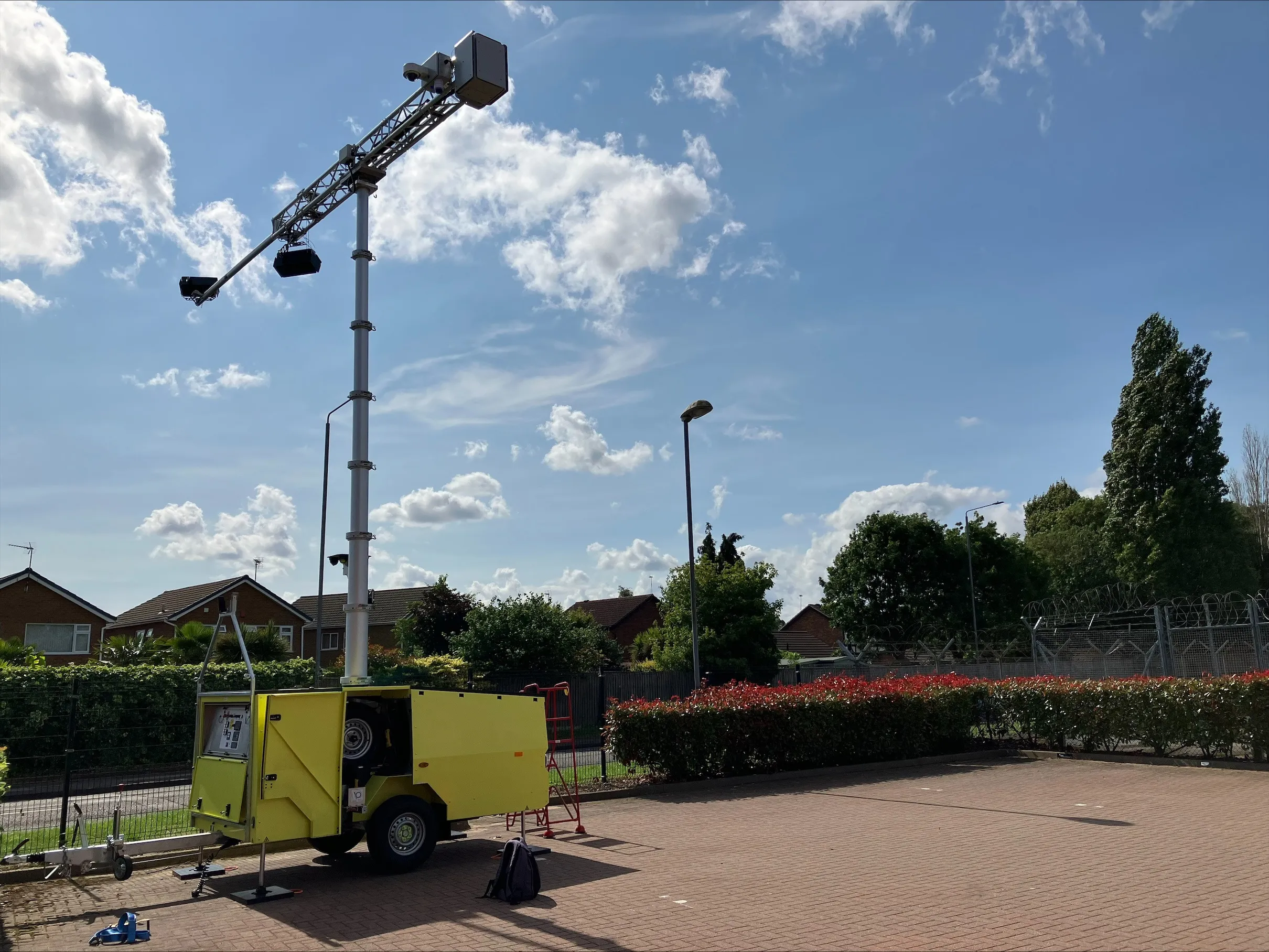Toll roads operator Transurban says it has made good progress in its talks with the New South Wales government on a US$2.5 billion tunnel proposal for Sydney's north.
The proposed project would be a tolled motorway linking the M1 Pacific Motorway, formerly the F3 freeway, at Wahroonga to the M2 toll road at West Pennant Hills. The project involves the construction of new eight kilometre tunnel, which would be the longest tunnel of its kind in Australia.
“We have made significant progress in our disc
October 10, 2013
Read time: 2 mins
Toll roads operator 600 Transurban says it has made good progress in its talks with the New South Wales government on a US$2.5 billion tunnel proposal for Sydney's north.
The proposed project would be a tolled motorway linking the M1 Pacific Motorway, formerly the F3 freeway, at Wahroonga to the M2 toll road at West Pennant Hills. The project involves the construction of new eight kilometre tunnel, which would be the longest tunnel of its kind in Australia.
“We have made significant progress in our discussions with the NSW government to develop the new F3-M2 link,'' said Transurban chairman Lindsay Maxsted at the company’s annual general meeting.
Maxsted said agreement had been reached on the basic funding sources for the project, and the parties were working through the third and final phase of the government's unsolicited proposal framework.
“If successful, this will be a transformative project for the northern section of the Sydney orbital network, with capital investment in the construction effort alone of up to $2.65 billion,'' Maxsted said.
Transurban chief executive Scott Charlton said the project would be one of the largest single investments on the Australian road network in the past decade.
If Transurban gets approval to build the new link, it will own about 50 per cent of the project.
The proposed project would be a tolled motorway linking the M1 Pacific Motorway, formerly the F3 freeway, at Wahroonga to the M2 toll road at West Pennant Hills. The project involves the construction of new eight kilometre tunnel, which would be the longest tunnel of its kind in Australia.
“We have made significant progress in our discussions with the NSW government to develop the new F3-M2 link,'' said Transurban chairman Lindsay Maxsted at the company’s annual general meeting.
Maxsted said agreement had been reached on the basic funding sources for the project, and the parties were working through the third and final phase of the government's unsolicited proposal framework.
“If successful, this will be a transformative project for the northern section of the Sydney orbital network, with capital investment in the construction effort alone of up to $2.65 billion,'' Maxsted said.
Transurban chief executive Scott Charlton said the project would be one of the largest single investments on the Australian road network in the past decade.
If Transurban gets approval to build the new link, it will own about 50 per cent of the project.









